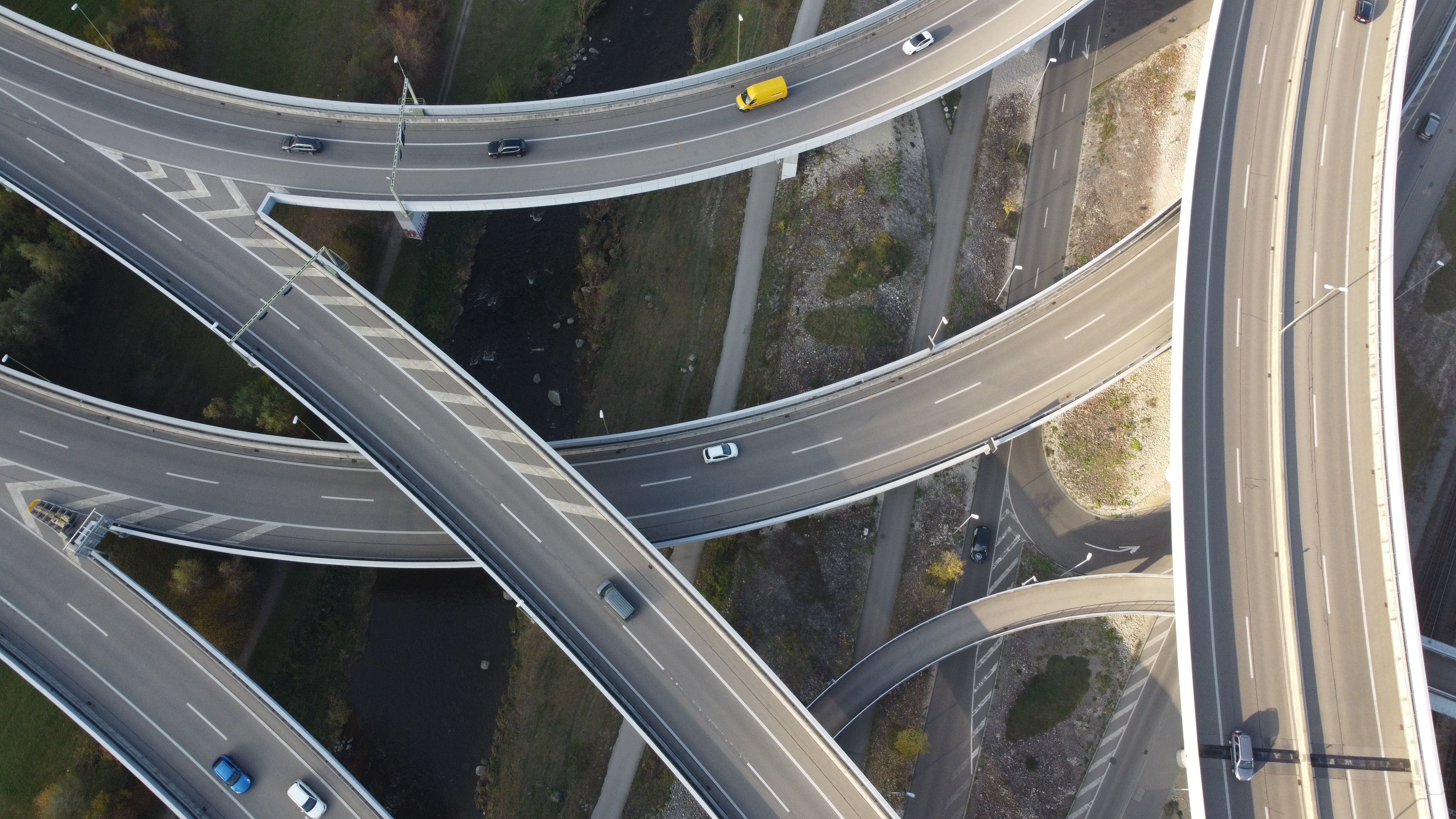91 results found
The Fourth Industrial Revolution (Industry 4.0) presents a significant opportunity for digital transformation in the infrastructure (architecture, engineering, and construction) industry. This sector, traditionally reliant on manual labor, mechanical technology, and traditional business models, has seen limited innovations in productivity compared to many other global industries. However, new digital technologies, particularly InfraTech solutions like drone technology, offer a promising pathway to revolutionize this industry.
A GI Hub program that brought together eight multilateral development banks in a partnership to accelerate technology solutions for sustainable roads in emerging markets has been featured in the non-profit, climate-focused publication Grist.
The GI Hub collaborated with eight multilateral development banks on a systematic approach to scaling up technology solutions for sustainable roads.
EyeRADAR provides a game-changing solution for managing slop stability, enhancing safety, and reducing the risks associated with linear infrastructure projects.
Durophalt and Durophalt-E are sustainable, durable, and cost-effective road maintenance solutions that replace traditional asphalt repair processes, reducing emissions and prolonging road lifespans.
TRL is using satellite imagery and artificial intelligence to assess the condition of rural, unpaved roads more efficiently.
irisGO™ is an AI-enabled camera that facilitates smarter condition monitoring by automating data gathering and analysis of road assets and defects in real time, enabling faster and more secure maintenance for safer roads.
COLPISTE is a combination of a soil stabilisation solution and a cold layer that makes it faster, more affordable, and more sustainable to construct reliable, all-weather roads in rural environments in developing countries
The GI Hub is helping ‘connect the dots’ among governments, technology providers, and investors to scale up technological adoption and seize the opportunity for more sustainable roads. Here, we discuss why this is important and what we aim to achieve.
In partnership with seven MDBs, the GI Hub has issued a Call for Submissions for technology-enabled solutions for sustainable roads. The program will provide governments and investors with a pipeline of technology-enabled solutions to make roads more sustainable, and will give technology solution providers an opportunity to pitch their solutions to MDBs for use on current and future road projects.
Internal researchers from the Department of Studies, Research and Development at the Ministry of Energy and Infrastructure (MOEI), United Arab Emirates are developing the InfraTech solution with the aim to increase road safety by considering driver behaviour through the development of a new mobile application
Pavimenta2 automates the processes of documenting, measuring, and recording failures, speeding up data collection and delivering cost savings over traditional approaches – thereby alleviating qualified professionals, who are often in high demand, to focus on strategy and planning
By using technology originally developed for highway bridge inspection to carry out inspections of infrastructure such as railway tunnels and building façades, NEXCO is delivering objectivity and accuracy of records to better support the infrastructure owner’s data-driven decisio-making as well as address traffic restrictions, enhance safety, and significantly reduce the time required to collect data on-site
To improve economic and cultural connections between China and Vietnam, Chongzuo Urban Construction Investment and Development Co is enhancing the development of areas along the road that connects them by utilising The Digital Management and Control Platform
Supported by artificial intelligence, ORIS analyses road designs at the early stage of a project with a holistic view to improve sustainability in road construction.
the Directorate General for Roads, Spanish Ministry of Transport, ASEFMA (the Spanish association of manufacturers of asphalt mixtures), and other companies from the asphalt sector have developed EMIPAV – a tool to analyse the impact of the road conditions on vehicle fuel consumption and emissions in Spain in order to implement effective measures and policies against climate chang
To improve the sustainability outcomes of infrastructure, The United Arab Emirates Government established a partnerships with a tyre manufacturer and academic institutions to develop road surfacing that utilises recycled tyres, and asphalt pavement that utilises recycled plastic.
In the Netherlands, the regulatory requirement is that the surface layer of asphalt roads have a whole-of-life span of six years. Currently, 60% of rubble from broke-up old roads can be reused in the construction of new roads, however increasing that percentage of reuse is mostly improbable due to stability and safety concerns. Dura Vermeer, a Dutch construction, infrastructure, and engineering business, has developed the technology to create top layer asphalt which can last up to 15 years (twice as long as current asphalt roads), but costs 10% more than regular asphalt roads.
The objective of this study is to assess the impact of the East-West Highway improvement program on Georgia’s ability to access international markets.

Tel Aviv is Israel’s second-most populous city and its main business, technological, and cultural center. Its population has grown at 2% per year; Israeli population growth is ten times the OECD average.











 Infrastructure Technology (InfraTech)
Infrastructure Technology (InfraTech)











